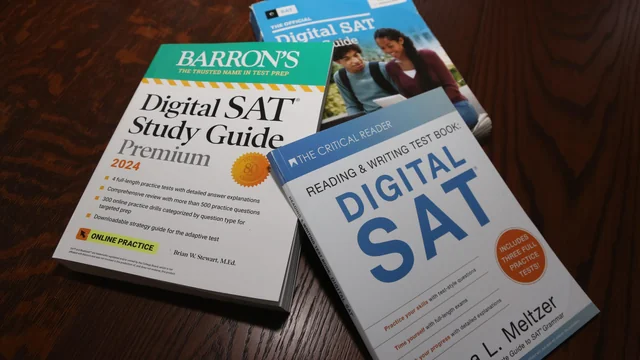There will be significant changes to the SAT, and not everyone is pleased. What ought to be known by students?

A junior named Mia contacted Candice Mackey last autumn with an odd request: she wanted to take the SAT a few months early rather than in the spring, when it is normally given at her school. Mia brought up the idea with Mackey along with a few other juniors.
In addition to serving as the sole college counsellor for the public magnet school, Mackey also oversees testing at the Los Angeles Centre for Enriched Studies (LACES). Usually, she would advise against having her pupils take the standardised test too soon.
Her goal would be for them to reach their full potential and prepare as much as they could for the high-stakes (albeit mostly voluntary) exam.
However, she acknowledged the kids’ worries this time around because the SAT would become digital in March. With few exceptions for pupils with proven obstacles such as severe reading disabilities, visual impairments, or other documented difficulties, the conventional paper-and-pencil format is no longer accessible.
In order to protect her chances of getting into college, Mia wanted to only be identified by her first name. She claimed to have headaches and eye issues from prolonged computer staring. Since middle school, she has been training with Preliminary SATs (PSAT) and practice SATs, both of which have nearly exclusively been available in paper format. There aren’t many digital study resources available.
Similar worries were voiced by other students, according to Mackey.
Knowing that students would no longer have the choice, she stated, “they felt an urgency… to take the paper exam.”
The new structure was implemented after some universities restored the test score requirement and in the midst of heated discussions about whether or not colleges should take into account applicants’ race during the admissions process.
The redesigned SAT, according to some, may make college admissions even more difficult.
The College Board, the company that oversees the SAT, feels that students are prepared and excited to embark on a new electronic era, and that digitalization is a good thing because newer formats are necessary due to social changes. However, test-prep specialists, educators, and youth activists are concerned that the digital deployment may increase the instability of the admissions process. It is said that many pupils are unprepared for what lies ahead, particularly those who lack the resources or intelligence to stay up to date on the newest advancements.
In 2024, how will the SAT change?
The digital PSAT made its debut in the United States last autumn, while the digital SAT went global last year. Students in the United States will take the SAT this spring utilising the Bluebook app on either their own or the school’s computers or tablets.
Even while the College Board claims that the results would be similar, the new exam is more than just an online copy of the previous paper-and-pencil examination. Examinees will encounter something essentially different in several ways.
One significant modification is that the new exam is designed to be what the College Board refers to as “adaptive.” There will be two portions for the reading and math sections. The level of difficulty of the second half that appears on a student’s screen is determined by how well they perform in the first part of each session.
Students that have prepared, are adept at taking tests, and don’t become scared of challenging questions stand to gain from this approach. Additionally, test-prep experts claim that it may help kids psychologically who tend to score poorly on difficult problems since they will do better on a second, easier set of questions. display.